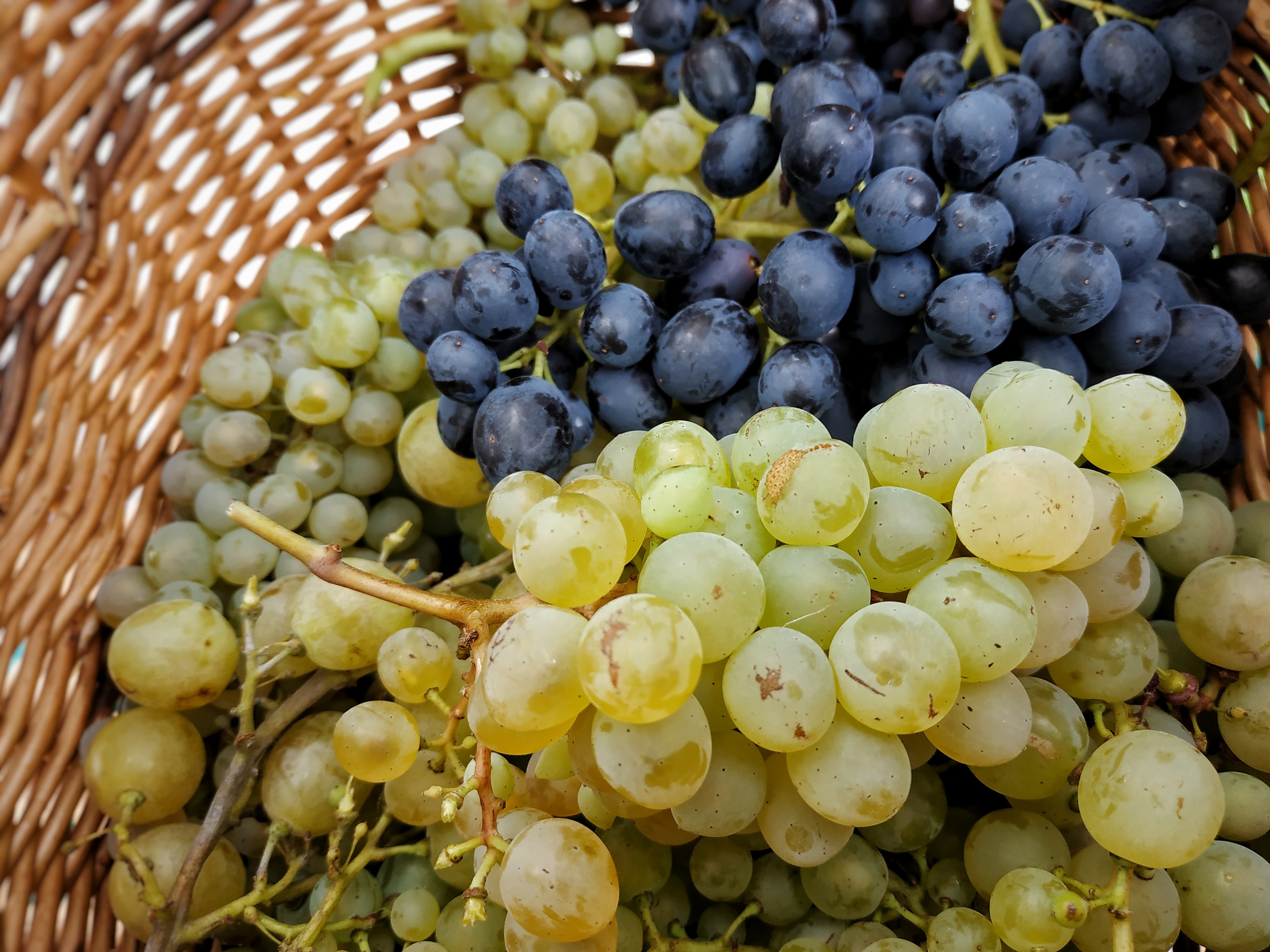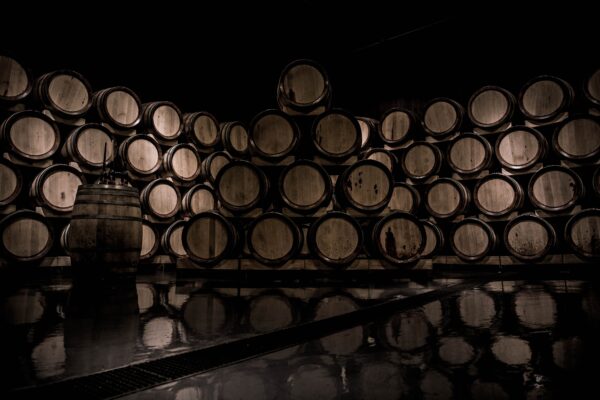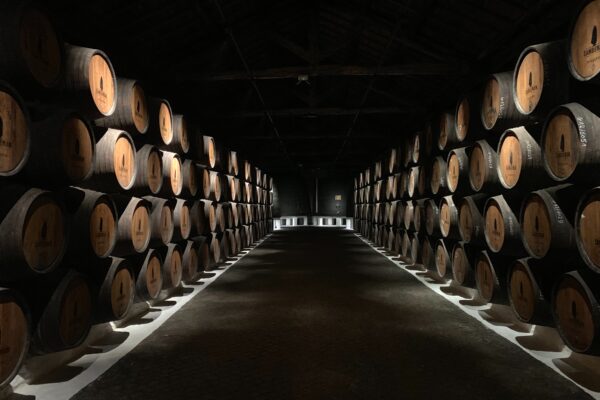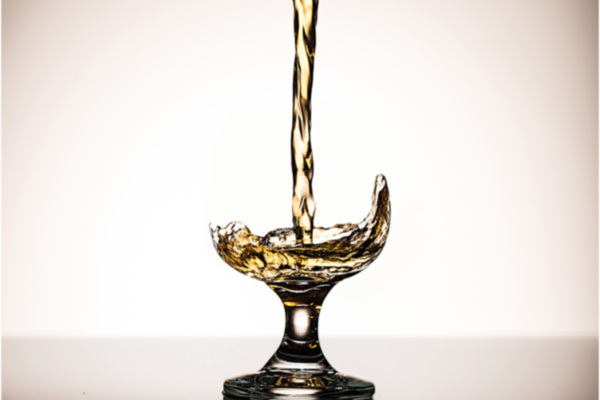In this article, our oenologist offers you a remedial course on what constitutes and characterizes a wine. Grape varieties, terroir, sugars and tannins, discover the importance of these elements.
Origin of different grape varieties
What exactly is a variety ?
Varieties are quite simply the different variations of wine grapes that are used to make different wines. There are numerous different grape varieties, such as Chardonnay, Viognier, Roussane, Marsanne and Riesling for whites. Then you have black grape varieties like Pinot Noir, Merlot, Syrah or Mourvèdre for reds.
There are three distinctive groups of vine species: American, Asian and Eurasian; the varieties mentioned above belong to the latter.
American group
The varieties in the American group play an essential role in what we call grafting. More specifically, our Chardonnay, Syrah and other Eurasian varieties are in fact grafted onto American vine stock. But why so? The reason for this is that while these US varieties do not produce interesting-tasting wines, they have the great advantage of being resistant to Phylloxera, a pest that decimated numerous wine regions in the 19th century and which is unfortunately still a problem today. Today, these grafts allow us to have healthy vines.
Asian group
As for the Asian vine species, we have not needed to use them to date. The Eurasian species of vine goes by the name Vitis vinifiera and its varieties include those mentioned previously. Interestingly, our Chardonnay and Sauvignon varieties are grown in more than 35 countries. You can therefore enjoy Chardonnay from Chablis, Chardonnay from Meursault or even South African Chardonnay !
Where do the flavours and textures in wine come from?
How can you describe a wine? How do put a taste into words? The texture of a wine is one of the key aspects. To understand it, it is important to know how wine is made.
The Alcoholic fermentation
Let’s go back to the start of the winemaking process and to alcoholic fermentation. What is alcoholic fermentation? It is quite simply the transformation of the grapes’ naturally occurring sugars into alcohol, thanks to the action of yeast. If you transform all of the sugar, the wine produced will be dry. However, if you only transform some of the naturally occurring sugar, the wine will be sweet.
We therefore refer to white wines as extra-dry, dry, off-dry, medium-sweet, sweet or lusciously sweet. Sugar and alcohol are two of the things that will make one particular wine different from another.

The importance of the terroir
However, texture can also be the result of differences in terroir. For example, Burgundy whites which are all made from the same variety – that is Chardonnay – can be very different. We can thus see that the soil, the exposure and the topography of the vineyard all play a role. A Chablis with a strong limestone imprint will be very different from the wines of Meursault or Chassagne Montrachet a little further south, which have more body and creaminess but which are still completely dry.
For red wine, the focus isn’t on sugar but on tannins instead. What are tannins? They are an organic substance belonging to the polyphenol family, which gives wine an astringent or mouth-coating character to a varying degree. We can therefore describe a red wine as supple, meaning that its tannins are pleasant and on the smoothest end of the scale, compared to firm, robust, chewy, or even hard.


